Food
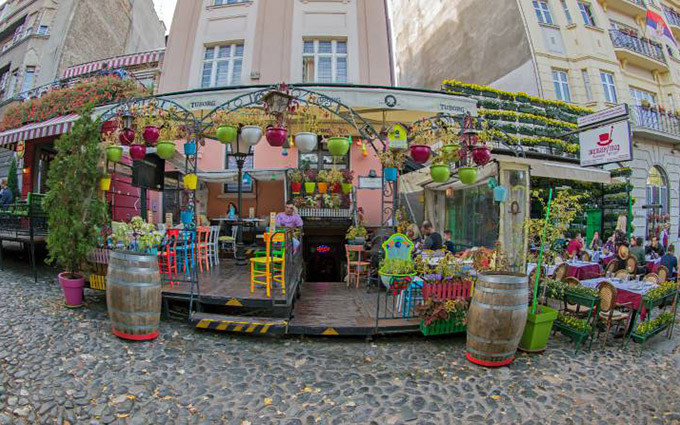
If you want to feel the authentic spirit of old Belgrade, it's time to visit Skadarlija - one of the most visited streets and the most beautiful bohemian quarter in the city. This street is a real-time machine of the Serbian capital. In the area of today's Skadarlija the first buildings were built in 1717, and the original appearance of the street has been preserved to this day. Old cobblestones, lanterns, and candelabras continue to preserve one part of history, while authentic cafés, which make this neighborhood famous, can be found on every corner. For all visitors of Skadarlija, with numerous national drinks and local cuisine specialties, the enjoyment will be complemented by traditional Old Town music performed by local musicians. The café ambiance is complemented by the diverse cultural and artistic program often organized on this street.
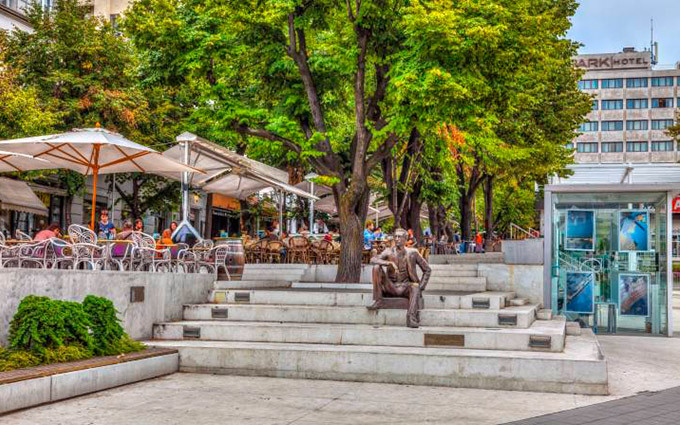
Flower Square is another of the unavoidable nooks and crannies of Belgrade and tourists. The former Flower Market, today it is a modern square consisting of numerous cafes and restaurants overlooking one of the most recognizable buildings in Belgrade and the first skyscraper in the city center – The Belgrader. For this reason, many residents and visitors to the Serbian capital enjoy the various specialties of local and international cuisine, as well as their favorite beverages, every day. The modern design of the square itself is a striking contrast to the old architecture of houses and buildings, whose upper floors were once intended for living space and the ground floor for craft workshops. Instead, many catering establishments operate today - some overlooking the street and spacious gardens and some tucked away and hidden inside townhouses. The Flower Square is within walking distance of the center and is an ideal place for anyone who wants their gastronomic experience to be complemented by urban events.
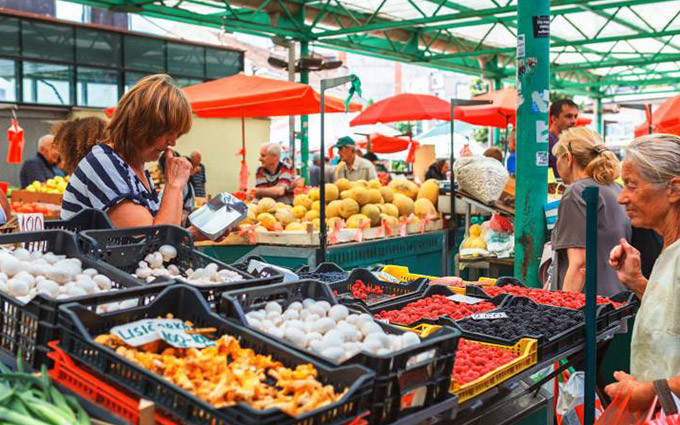
They say that the culinary spirit of a nation can be best known through the supply of food at markets, and Belgrade is hiding numerous market corners. The most visited markets in the city are located near the city center and are a true mosaic of colors, aromas, and flavors. The tradition of local farmers coming to markets and selling home-made, fresh produce has been preserved to this day, and it is possible to buy groceries from many local households in several places in the city. Beverage counters can find both specific and authentic national foods as well as products that are internationally used. A wide selection, tips from locals and well-known Serbian hospitality are a daily part of a dynamic drinking life and are something that no visitor to Belgrade should miss.
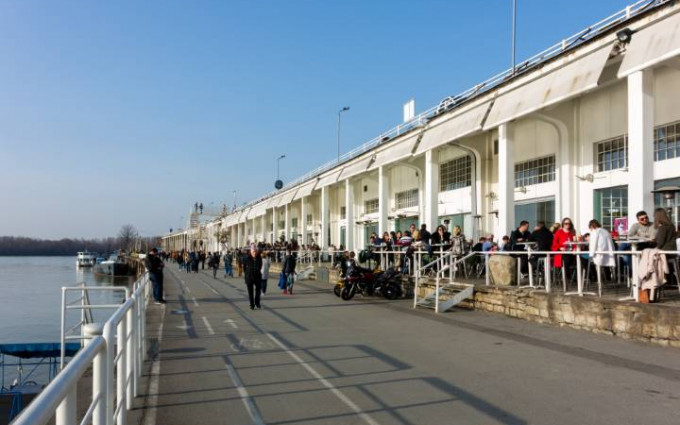
Located in the city center on the banks of the Sava River, not far from the confluence with the Danube, there is the Concrete Hall - once an industrial zone and today one of the most popular gastronomic centers in Belgrade. Built in the 1930s as a customs warehouse, it has been preserved, restored and converted into a conceptual space. Today, there are 17 urban and thematically authentic cafes, bars, restaurants and clubs offering a wide selection of national and international dishes, with special emphasis on Serbian, Spanish, Italian, Mediterranean and Asian cuisine. With a unique view of the river and the Sava Quay, both from the facilities and from their beautiful terraces, visitors can also enjoy the varied music program that is an integral part of Concrete Hall's life.




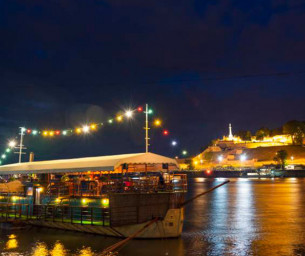
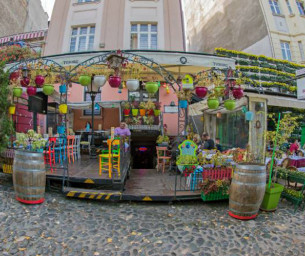
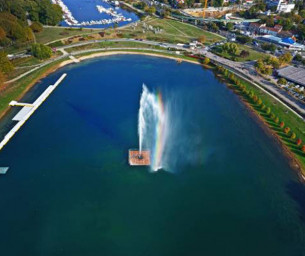
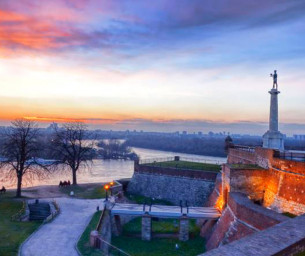
.jpg)